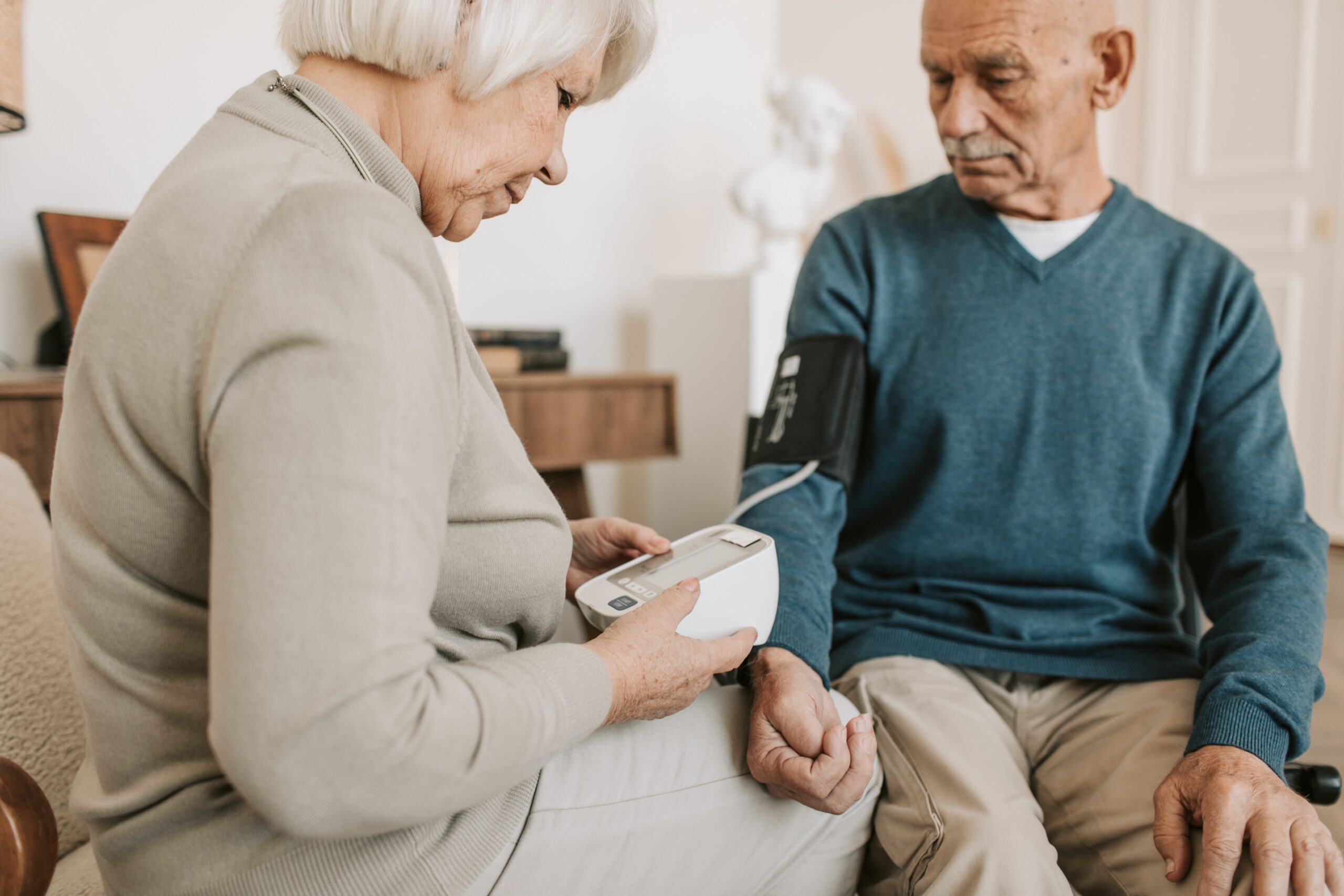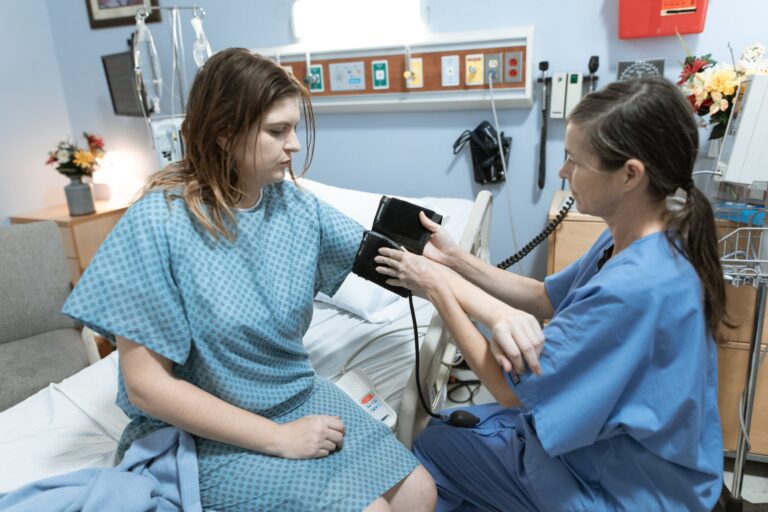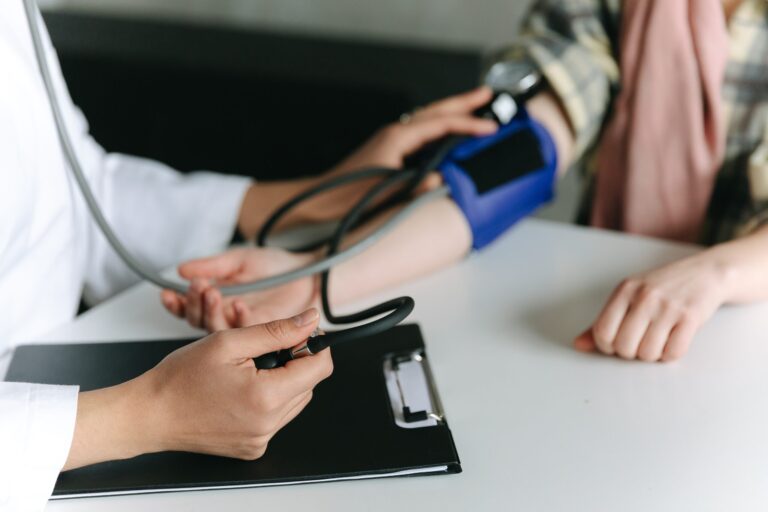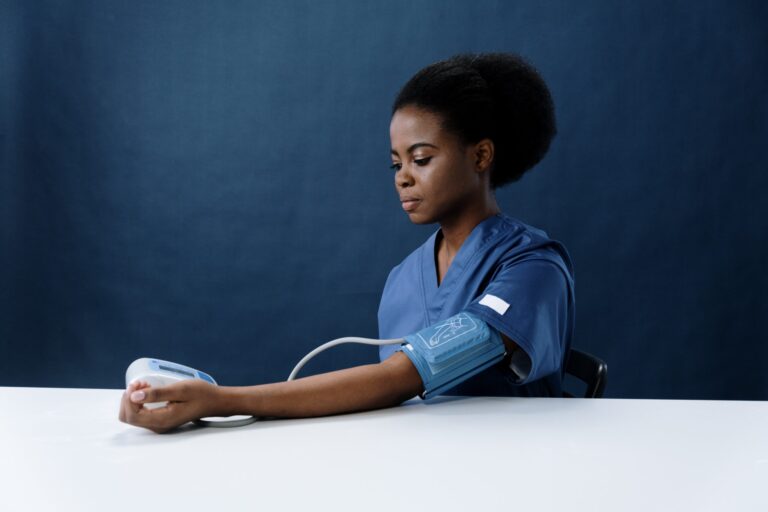Monitoring at home
Monitoring Blood Pressure at home
High blood pressure is a sneaky ailment. The condition has no symptoms that you can see or feel. Having your blood pressure checked regularly is the only way to know if it is high. Studies indicate that home blood pressure monitoring has been shown to improve blood pressure control and thereby reduce the risk of cardiovascular events.
Blood Pressure
the force exerted by blood against the walls of the arteries. Systolic pressure occurs when the heart contracts; diastolic pressure occurs when the heart expands. Blood pressure is measured in millimeters of mercury (mmHg). Hypertension is the diagnosis given when readings consistently rise above normal. Hypertension is the most under treated cardiovascular condition in the U.S., affecting roughly 20% of the population – over 50 Million people. It can lead to heart disease, strokes and other serious conditions. Yet according to recent studies, only 27% of those with hypertension are adequately controlled, leaving 37 Million people at risk. Referred to as the “silent killer” because it often has no symptoms, it can be treated if diagnosed early.
The benefits of monitoring your blood pressure at home.
If you’re trying to lower your blood pressure by dieting or medication, you may be encouraged by frequent evidence that you’re succeeding. Some medications require monitoring to minimize side effects. Also, taking blood pressure at home helps distinguish patients who genuinely have high blood pressure from those who have “white coat” hypertension, that is, the artificial heightening of a patient’s blood pressure while he or she is in the unfamiliar environment of a doctor’s office or hospital. If white-coat hypertension is suspected, home monitoring is especially important in order to avoid unnecessary drug treatments.
What’s it all about?
When a blood-pressure cuff is placed around a patient’s arm and inflated, circulation in the artery is temporarily blocked. Then, air is let out of the cuff and the sounds of rushing blood inside the artery are monitored with a stethoscope. When the first sound is heard, the blood pressure gauge is checked for the systolic, or top, number. This is the pumping pressure. When the sounds disappear, there’s the diastolic pressure, or lower number. This is the pressure in the arteries when the heart relaxes between beats. Both numbers are important. The higher the number, the harder it is for the blood to flow. A reading above 140/90 indicates hypertension or high blood pressure. It is a sign the heart is working too hard to get blood through the circulatory system because of narrow and/or inflexible arteries.
Home Management
The good news, experts say, is you can take control of your life where your blood pressure is concerned. There are several lifestyle check points to keep in mind: not smoking, maintaining a healthy weight, regular exercise, limiting salt intake, and minimizing your alcohol consumption. Keeping the stress down in your life will work wonders in keeping your blood pressure under control. Relaxation exercises, meditation, and stress management tapes play a helpful role in anyone’s life.
|
|
|
Self Monitoring your Blood Pressure Translating Blood Pressure Numbers Understanding Hypertension Blood Pressure Awareness Blood Pressure Facts |








